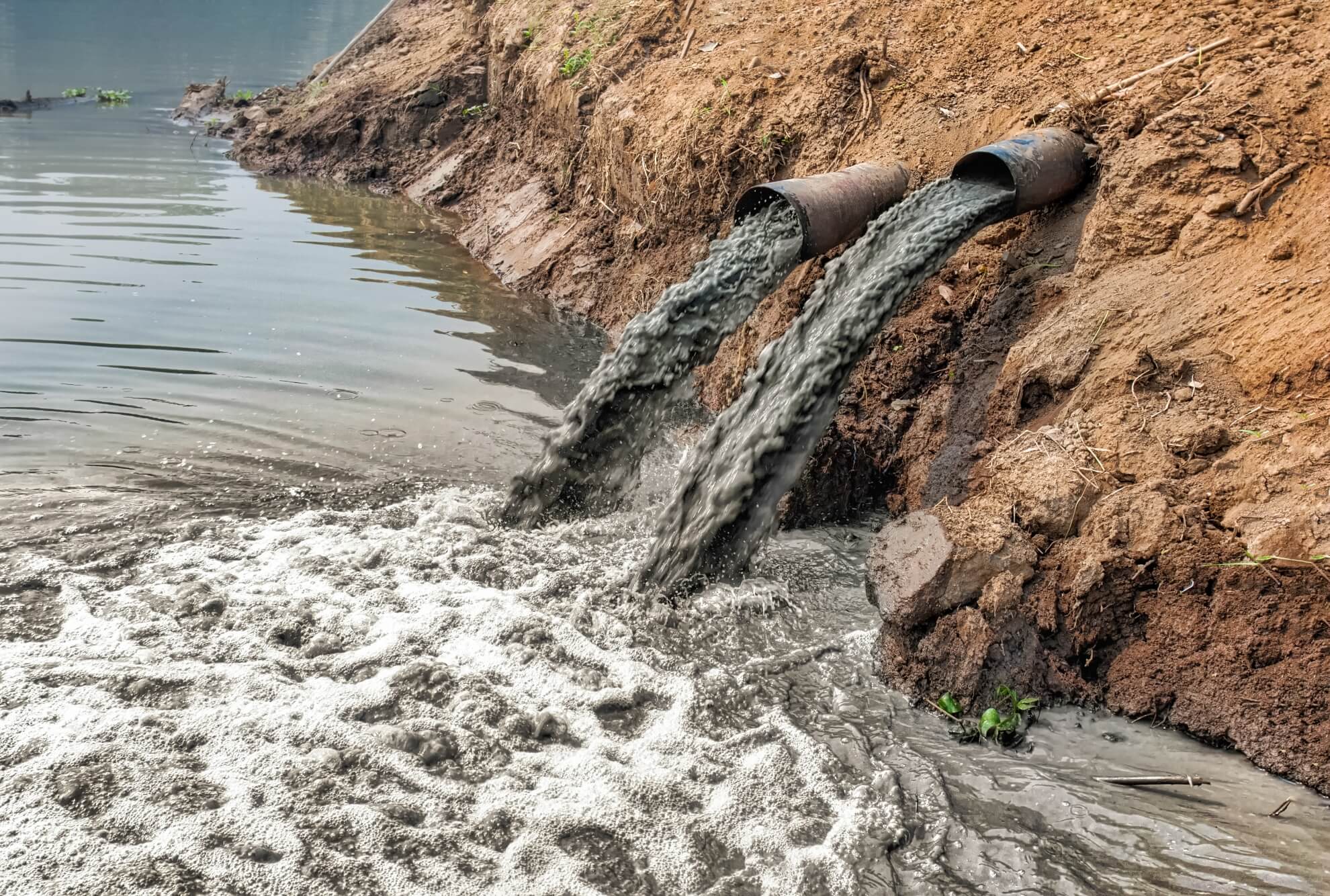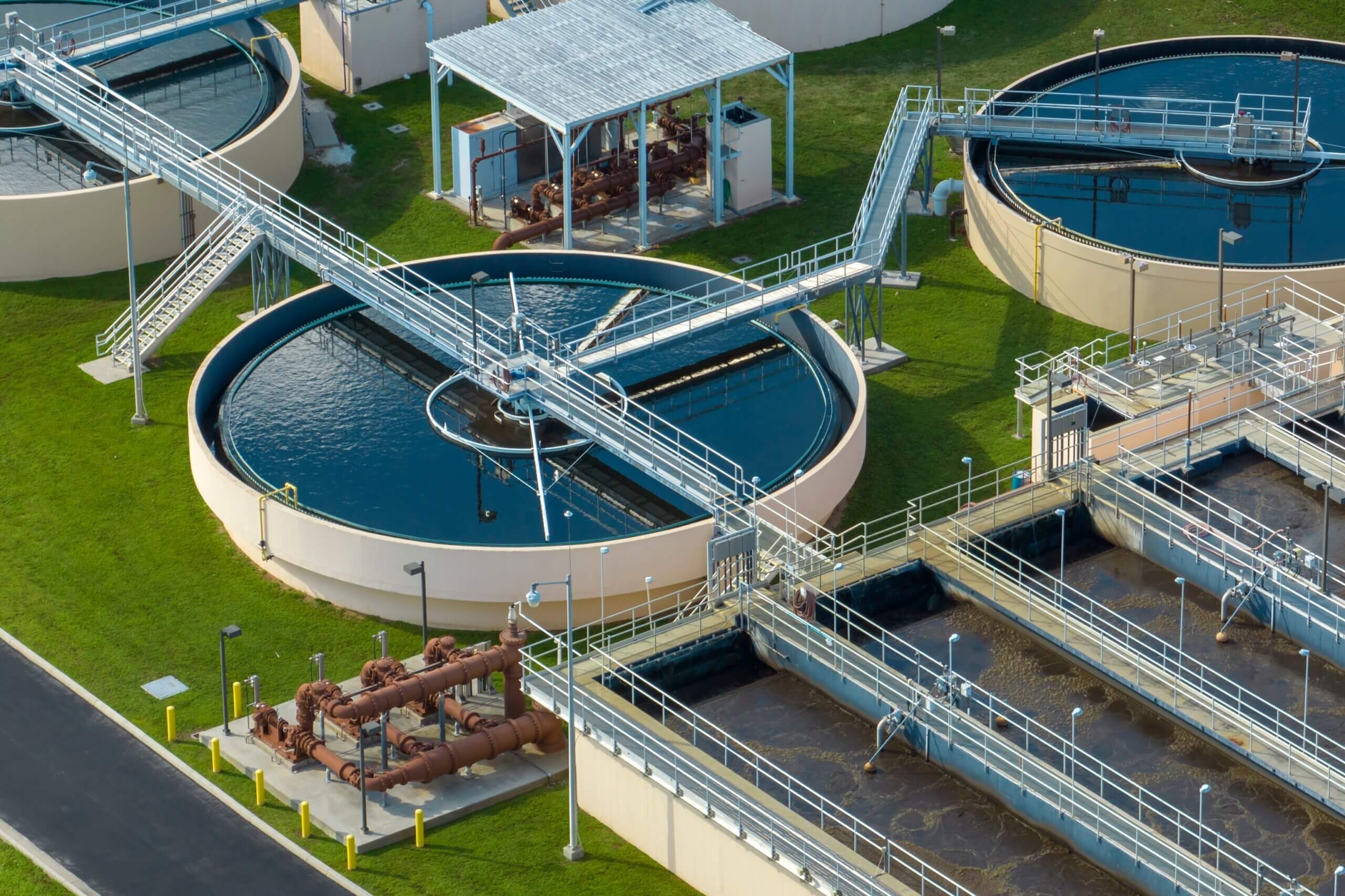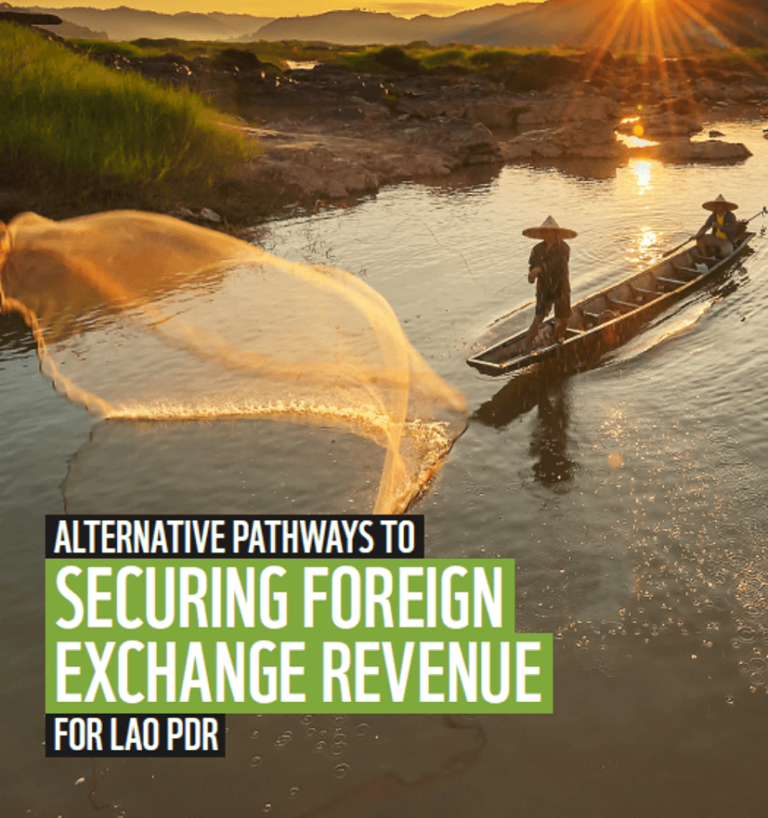Few resources are more precious than fresh water. It is vital for all life on earth and the prosperity of human societies, underpinning everything from food security to conflict prevention to especially sanitation. Reflecting this, a recent WWF report placed the total economic value of water in 2021 at around US$58 trillion, equivalent to 60% of the world’s GDP.
Unfortunately, our planet is now in a global water crisis. According to the 2023 UN World Water Development Report, 2.1 billion people lack access to safe drinking water and 3.6 billion lack access to safely managed sanitation. Meanwhile, 36% of the world’s population lives in water-scarce areas. The economic losses are almost as bad, with inadequate water supply and sanitation alone costing US$260 billion per year.

Pollution of otherwise usable water sources by wastewater is a major driver of this crisis, with an estimated 48% of the wastewater produced globally being dumped untreated into the environment, while only 11% is treated and reused. This not only contaminates water supplies, but also degrades soil, poisons biodiversity and releases almost as many greenhouse gas emissions as the aviation industry. The impacts of this are especially felt in low income countries, which on average have only 8% of the capacity needed for proper wastewater treatment, and where inadequate budgets and investments have not kept up with the burgeoning sanitation needs of growing populations.
But wastewater need not be a pollutant, as with appropriate treatment, the chemicals and organic matter embedded in it can be extracted and reapplied for a wide range of commercial uses from agriculture to energy production. Given that around 330 cubic kilometres of wastewater are produced annually, if monestised to their full potential, these resources could potentially turn wastewater treatment into a self-sufficient, revenue-generating industry, whilst simultaneously avoiding vast quantities of water pollution at a time when we can least afford it.
So, what are these uses?
Reclaimed Water
The most obvious resource from wastewater is the water itself. Depending on the quality of treatment it receives, treated wastewater can be reapplied for just about any industry that uses high volumes of water in its operations. For instance, agriculture –one of the most water-hungry industries– could potentially irrigate 40 million hectares of land using properly treated wastewater.
In some (albeit not many) instances, treated wastewater can be cheaper than fresh water, and businesses that can treat it on-site or transport it from nearby treatment facilities can further save money on transportation costs. For example, the San Luis Potosi power plant in Mexico cut costs by 33% and saved US$18 million in 6 years by using treated wastewater from the nearby Tenorio Wastewater Treatment Plant in its cooling towers instead of groundwater.
The best treated wastewater can even be made potable and used to bolster sources of drinking water such as groundwater aquifers in dry and drought-prone areas, a potentially invaluable adaptation measure as climate change puts further pressure on such water sources. This type of wastewater use already occurs in Texas and Arizona, and is in the process of being legalized in other US states.
Energy
Wastewater may be a source of greenhouse gases now, but ironically, its treatment could actually turn it into a hitherto overlooked source of renewable energy.
During the wastewater treatment process, the organic matter in the water is collected as a solid matter known as sludge. When placed with an anaerobic digester, this sludge can be used as a substrate to create biogas, which can be sold as an alternative to natural gas and/or used to turn turbines for electricity generation. Alternatively, the considerable heat retained by wastewater after it is discharged into sewage systems can also be extracted with specialized technologies for use as thermal energy.
Between biogas and thermal energy, it is estimated that wastewater can produce five times the energy needed to treat it, and provide enough electricity for 158 million households currently. As volumes of wastewater are predicted to increase in the future, that number could increase to 196 million by 2030 and 239 million by 2050.
Fertiliser
As well as being a means of agricultural irrigation, wastewater –and the sludge derived from it– also contains high levels of nutrients valuable for crop growth. According to one study, the annual volume of wastewater produced contains 16.6 million tonnes of nitrogen, 3 million tonnes of phosphorous and 6.3 million tonnes of potassium.
Such use of wastewater nutrients could have considerable benefits for agriculture and the environment, potentially fertilising 800,000 hectares of agricultural land in Europe alone and offsetting our use of synthetic fertilisers –a significant water pollutant and source of greenhouse gases themselves– by around 13.4%. Moreover, assuming the above volumes of wastewater-derived nutrients would have the same quality and market acceptance as industrial fertiliser, they could generate a total financial gain of US$13.6 billion globally.
Footing the Water Bill

Given the enormous amounts of wastewater produced annually, adequate treatment and reuse of it could do much to conserve water in a time of global water crisis, and have numerous other environmental, social and even economic benefits too. Scaling up wastewater treatment to a level sufficient to meet that potential will take serious money, however. A projected US$6.7 trillion is needed for global water infrastructure financing by 2030, and US$114 billion in annual investments are needed by then to meet water, sanitation and hygiene needs.
Private investment is crucial to meeting this challenge, but a lack of effective economic and risk management frameworks has deterred private investors from investing in wastewater treatment, which they perceive as costly and lacking meaningful returns. Of the US$157.2 billion in private finance mobilised between 2012 and 2017, only 1.36% was invested in water and sanitation. Furthermore, many water and sanitation projects lack the operational and financial efficiency to provide attractive risk-adjusted returns on investments, or else may use costly or unproven technologies that investors view as high risk. To attract greater private investment to wastewater treatment and capitalise on the potentially significant revenue streams from its resources, it is important to de-risk and incubate projects to become reliably profitable.
Blended finance offers a means of financially supporting projects and addressing flaws with their operational and financial efficiency until they become viable on their own. In particular, a 2019 OECD report identified guarantees –legal contracts promising repayments of debts–and technical assistance as the best blended finance tools for mobilising water-related investments. Guarantees can help to mitigate financial risks for investors, while technical assistance can make water treatment projects more creditworthy by improving their technical and financial capacity. For example, a US$3 million grant from the Global Environment Facility’s Caribbean Regional Fund for Wastewater Management was used as a guarantee to facilitate a US$12 million loan for 8 wastewater treatment plants in Jamaica. Meanwhile, technical assistance (along with debt) provided the development finance to cover 80% of the US$60.9 million needed to finance a large-scale water treatment facility in Kigali, Rwanda.
Nature-based solutions can also provide a reliable, low-cost alternative to the water treatment technologies that often deter investors. For instance, both natural and constructed wetlands can purify wastewater through various physiochemical and microbial processes. In the city of Santiago in the Dominican Republic, where the sanitation system can only treat 20% of its wastewater, 16 constructed wetlands built by the Yaque del Norte Water Fund (YNWF) were treating 250,000 cubic metres of water per year as of December 2020, at a cost of just US$150 per square metre.
However, much more needs to be done to build a viable, profitable wastewater treatment industry. For instance, the price of water –which controls its use and demand– needs to take into account its full range of benefits (several of which don’t currently have market values), as this will reduce inadequate valuation that leads to improper pricing and uncertain returns for investments. It will also be important to ensure that the quality of water treated for different purposes is fit for those purposes in order to rationalise costs.
Additionally, inadequate investment in wastewater treatment has left many existing facilities unfit for commercial resource extraction and reuse. Greater investment in upgrading these facilities, as well as in building new ones, will help to expand the capacity of wastewater treatment as a whole to better meet this purpose.
If we are to meet the UN Sustainable Development Goal to ensure availability and sustainable management of water and sanitation for all, a good start would be reexamining that which we flush down our drains every day. We need to stop seeing wastewater as something to dispose of and start seeing it as a valuable, monetisable resource. Not only will this help us to save huge amounts of water as a society, but if wastewater treatment is done in a landscape with other bankable conservation projects in need of water, it could also help to further other environmental protection efforts. If we can do that, we may just be able to weather the dry spells ahead of us.
Author: Seneca Impact Advisors
For more information, please contact impact@senecaimpact.earth







